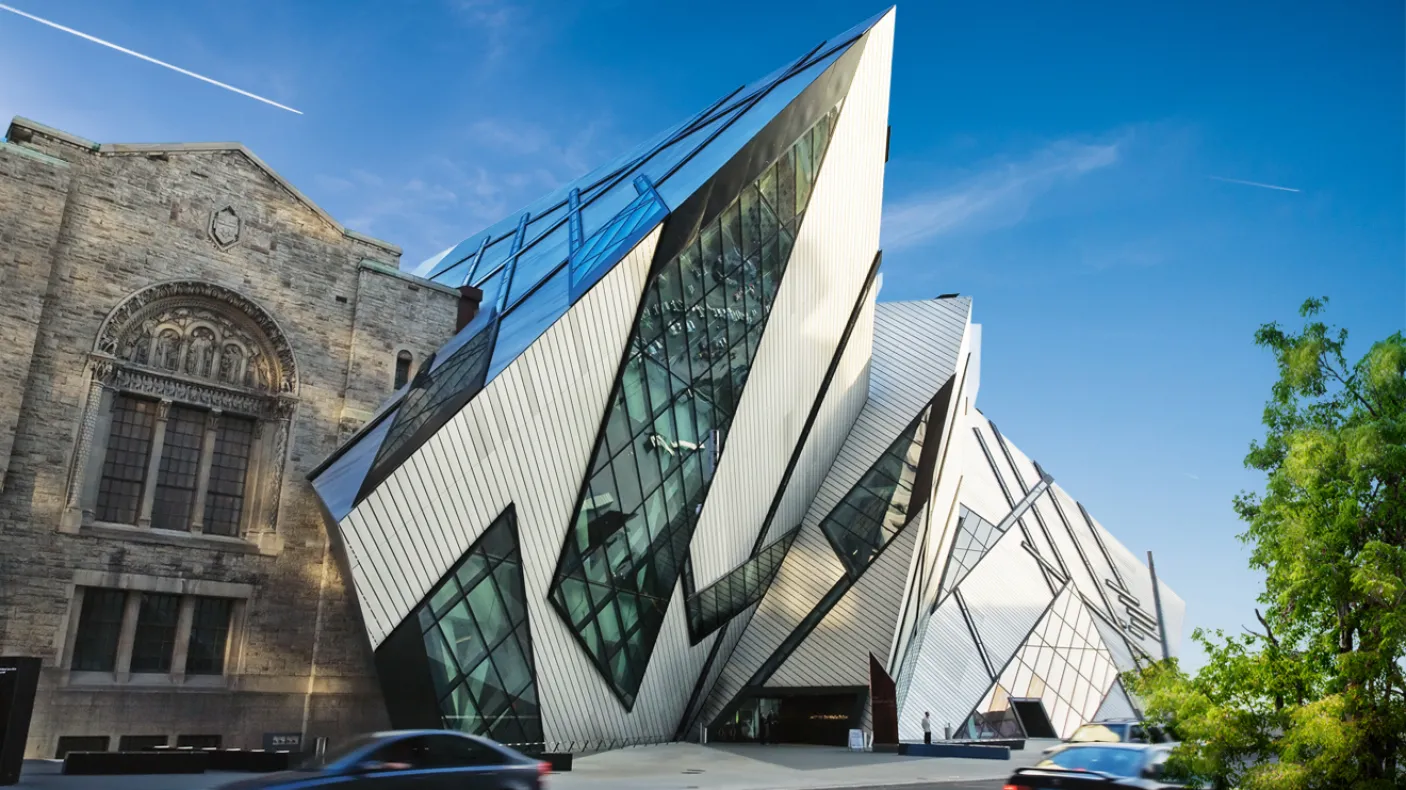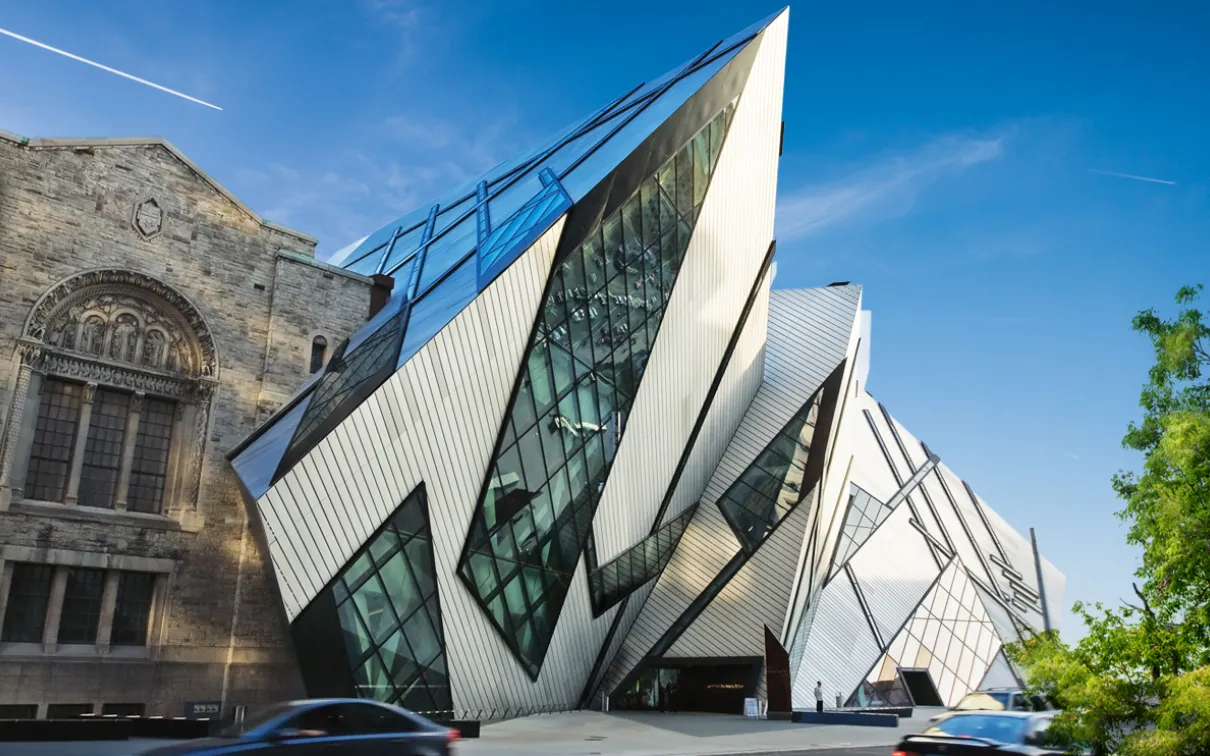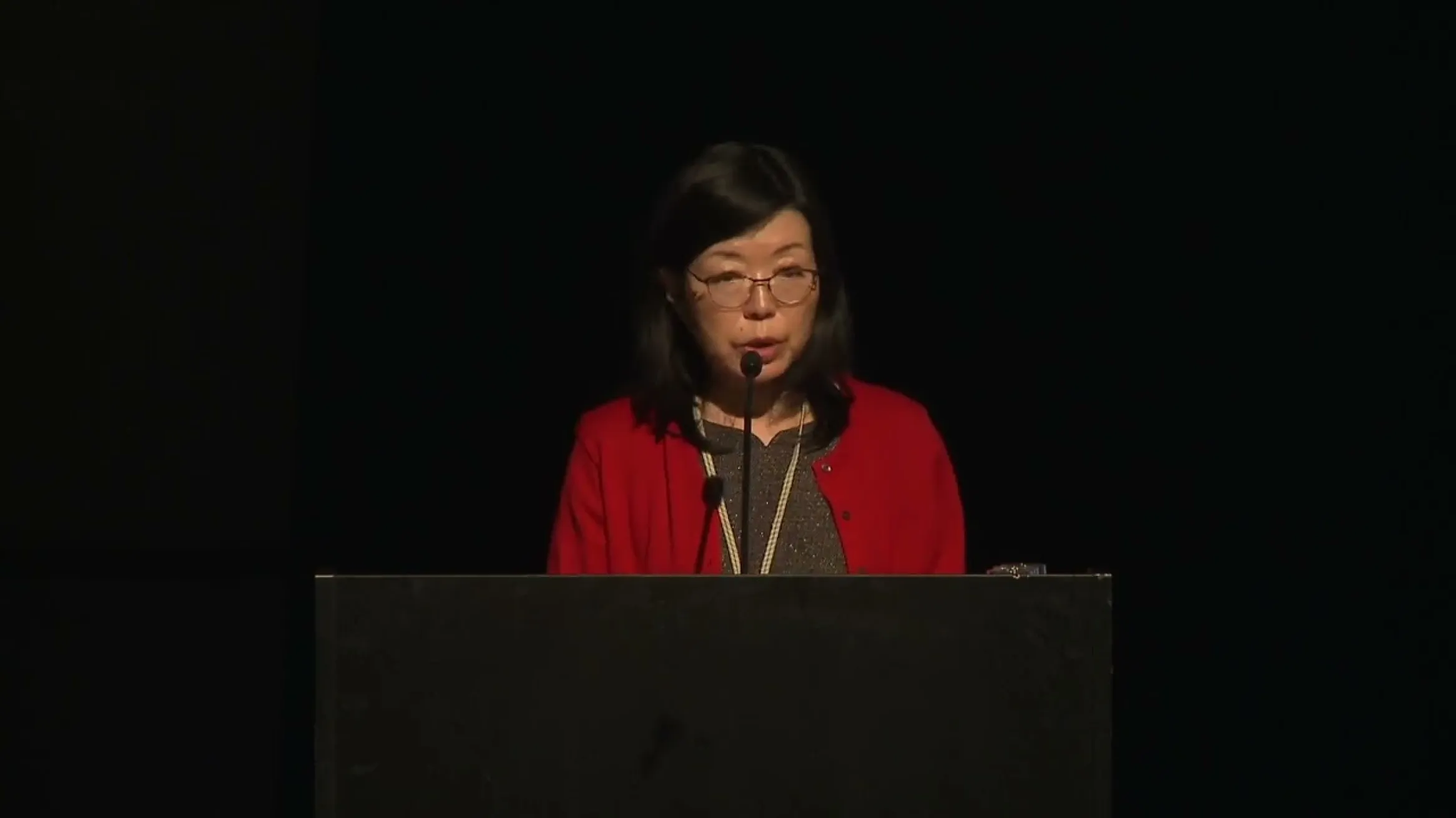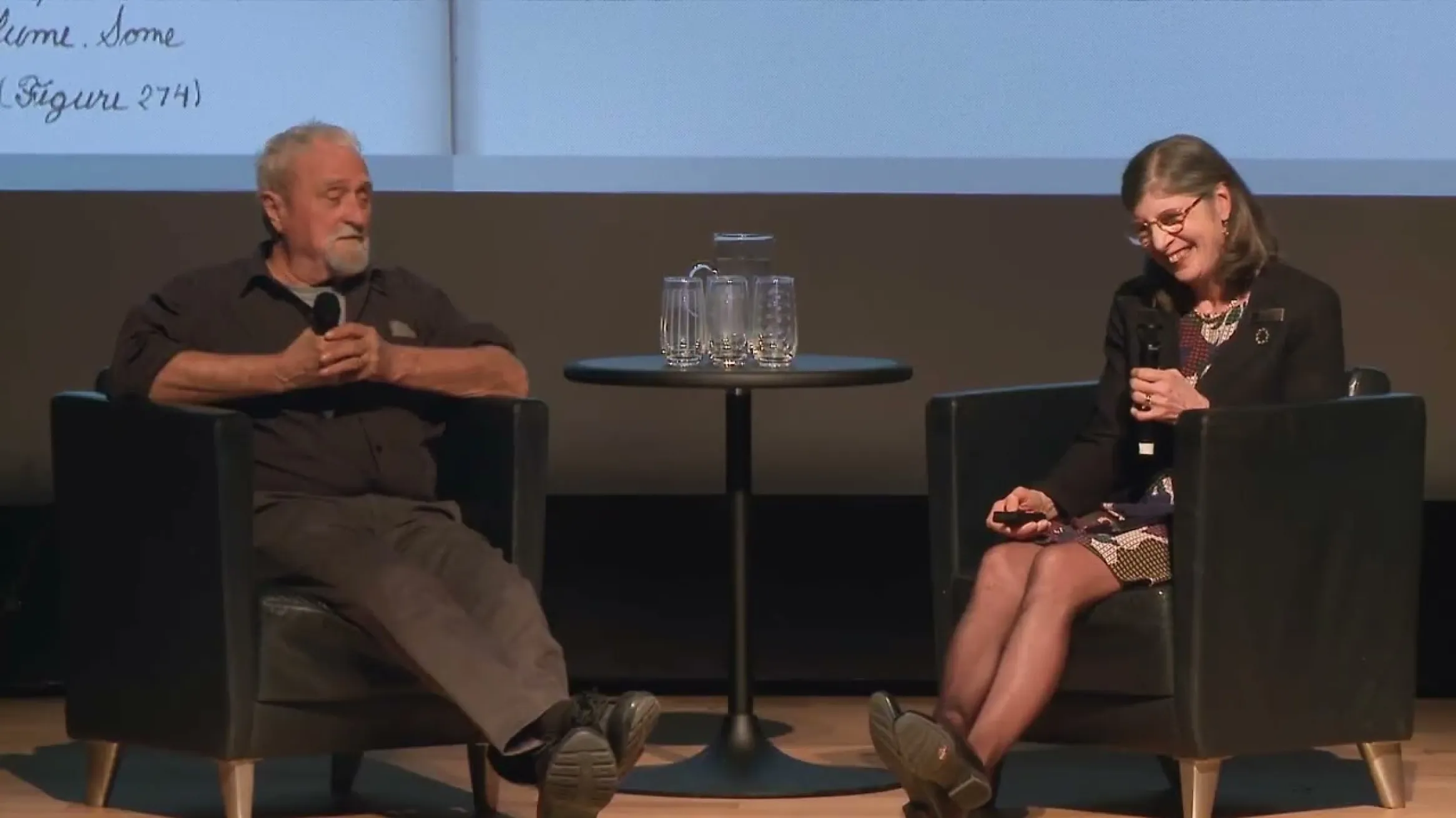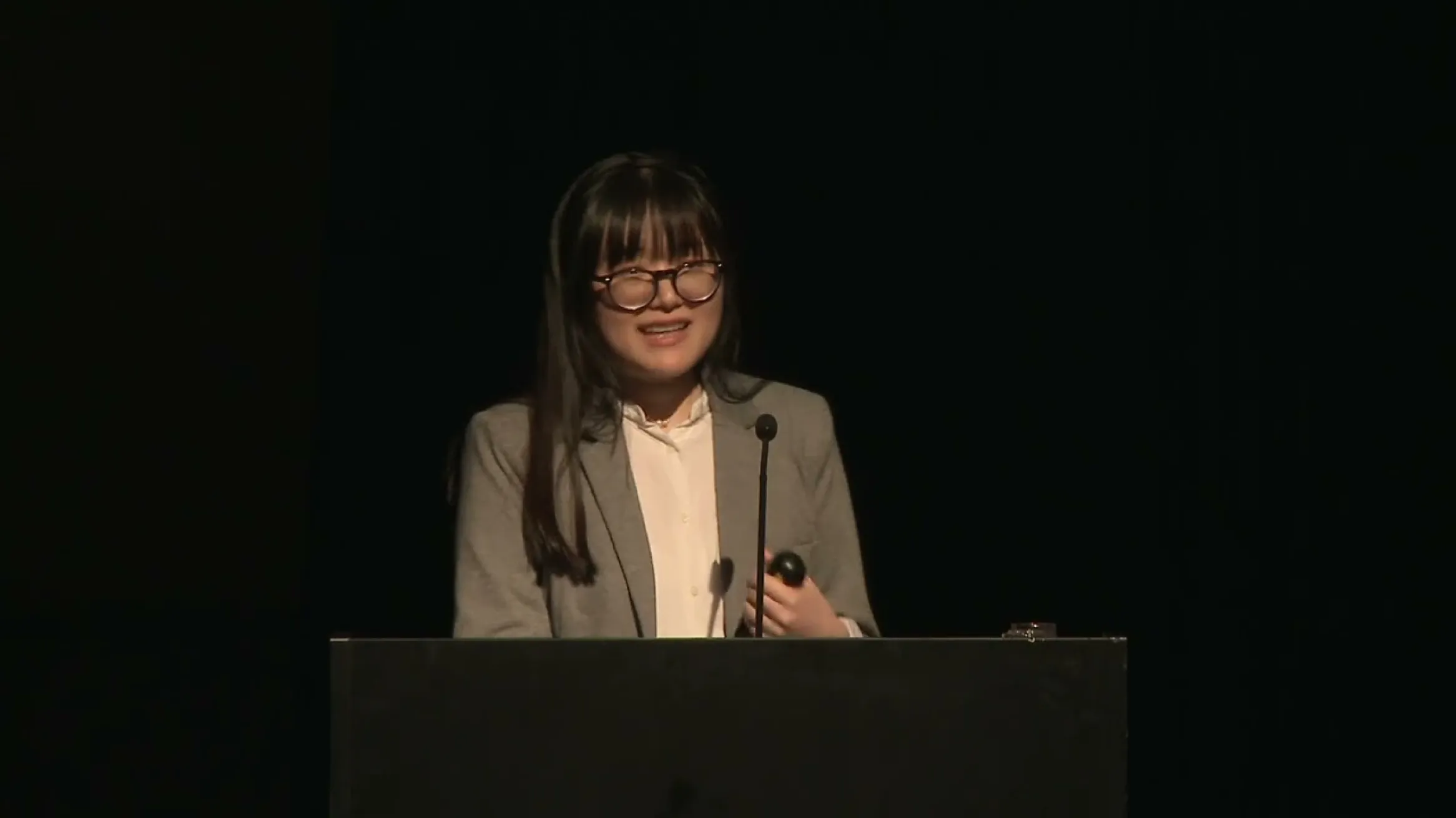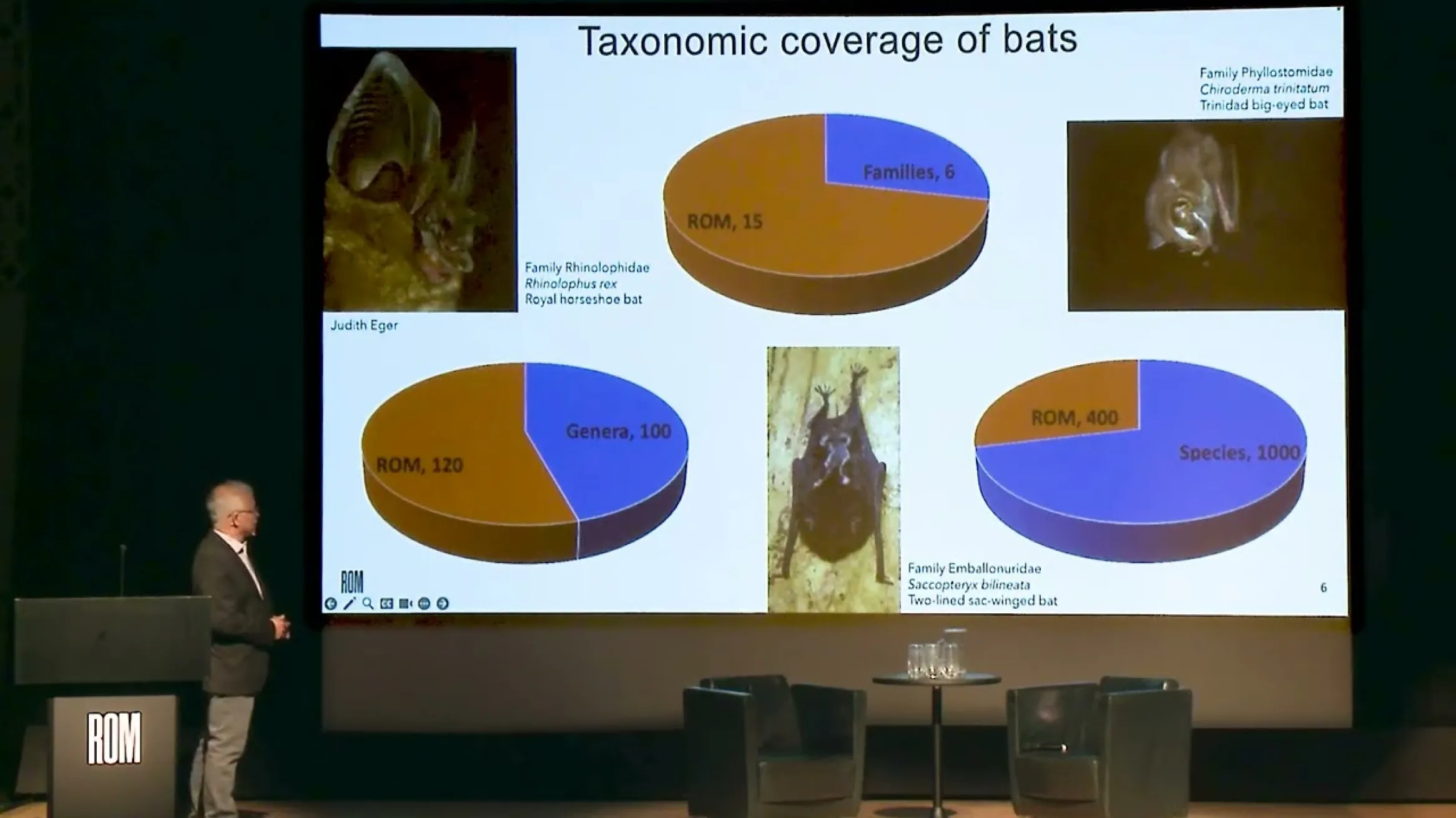ROM Ideas: Research for our Shared Future
Category
Audience
Age
About
Akiko Takesue, Bishop White Committee Associate Curator of Japanese Art & Culture
Greg Kelley, Furniture Conservator, Cultural Heritage Conservation and Field Unit Liaison, Indigenous Affairs and Cultural Heritage Directorate, Parks Canada
Bridging art and science, art historian Akiko Takesue and conservator Greg Kelly discuss the impact of wood identification on culture, biodiversity, and global economy.
Using a 1,000-year-old wooden object– a statue of a Shinto female deity – from ROM’s Japanese collection as an example, they explore the importance of identifying materials for a better understanding of provenance and historical context surrounding an object’s creation. Beyond provenance and context, wood identification is also essential in contributing to the control of the illegal lumber trade, which continues to threaten the planet’s biodiversity.
My Passion for Plants: A life-long Learning
Deborah Metsger, Assistant Curator, Plants
John Vandenberg, Illustrator
Why does a museum’s botany collection include artwork? Find out in this engaging talk with Deborah Metsger and John Vandenberg, an illustrator whose 1,000 botanical illustrations have been newly acquired by ROM. Highlighting these exceptional drawings, Metsger and Vandenberg discuss the processes he uses in creating botanical illustrations, the importance of scientific art as a unique discipline, and the significance of having these images reside alongside botanical specimens.
Jade Suit for the Soul: Preparing for the Afterlife in Han Dynasty China
Chen Shen, Senior Curator, China & Co-Chief Curator, Arts and Culture
Rose Liu, University of Toronto Department of East Asian Studies
How does one achieve immortality? Delve into Han dynasty China (BCE 3rd century – 3rd century CE) with researchers Chen Shen and Rose Liu and explore the historical and religious foundations of the period’s complex burial practices in pursuit of immortality through the afterlife.
Focusing on Han Dynasty Jade Suits, or yuyi, Shen and Lui explore how and why jade was believed to hold special powers to ensure the preservation of the body, and the protection and purification of the soul. Learn more about these unique objects, often believed to be the ultimate manifestation of the belief that one’s soul lives on in the afterlife, and how they help shed light on our understanding of death’s role in the economy of the period.
Mining Bat DNA: Working Together to Prevent Future Coronavirus Pandemics
Burton Lim, Assistant Curator, Mammals
Connor Richer, Western University
Ryan Troyer, Western University
Michael Hiller, Senckenberg Research Institute
For more than three decades, ROM has been conducting biodiversity surveys throughout the world and flash-freezing tissue samples for DNA research on the evolution and biogeography of mammals, including bats. Mammalogist Burton Lim leads this year’s Vaughan Lecture, which highlights the groundbreaking work biologists are doing – using ROM’s extensive frozen tissue collections – to understand the role of coronaviruses in the ecosystem.
Bats are a natural reservoir for many pathogens, including coronaviruses that are similar to the virus that caused COVID-19. During the global pandemic, the frozen tissue collection at ROM became a valuable resource for researchers when international travel was impossible – making collaborative work between ROM biologists, virologists, and geneticists not only possible, but highly relevant. Research into why these creatures carry coronaviruses in their populations while remaining asymptomatic has the potential to revolutionize our understanding of immunity and the transmission of viruses in our own human populations.
Joined by researchers Connor Richer, Ryan Troyer, and Michael Hiller, Lim leads a discussion on the important connections between museum collections and world health, and the unique ways in which bat populations may be able to help modern medicine prevent future pandemics.
